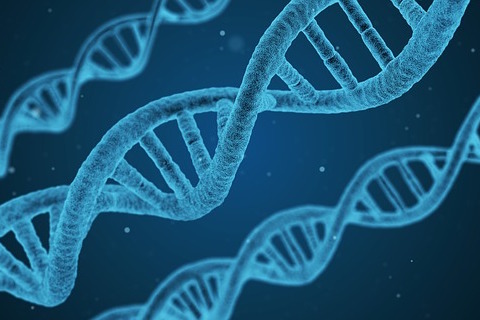Major CRISPR errors were discovered by chance
By Katherine Lindemann,
Research Gate
| 07. 23. 2018
A study released last week suggests that the gene editing technology CRISPR-Cas9 may not be as precise as previously thought. Researchers found that in addition to small errors already known to be part of the gene editing process, CRISPR-Cas9 can cause large deletions and even rearrangements in genes around the target site.
The researchers looked at errors in mouse and human cells in lab conditions. In some cases, deletions were as large as several thousand DNA bases, enough to potentially alter the function of a cell. Whether the findings will affect CRISPR’s utility for clinical applications is not yet known. But researchers do expect increased scrutiny of the technology, and the scope of gene editing errors, going forward.
We spoke with one of the study’s authors, Michael Kosicki, to learn more about the discovery and its implications.
ResearchGate: What motivated this study?
Michael Kosicki: It was really serendipity. A control experiment for another study gave an unexpected result, and we decided to investigate. Initial results made it clear we were looking at something very exciting indeed, with implications for...
Related Articles
By Jonathan Matthews, GMWatch | 12.11.2025
In our first article in this series, we investigated the dark PR tactics that have accompanied Colossal Bioscience’s de-extinction disinformation campaign, in which transgenic cloned grey wolves have been showcased to the world as resurrected dire wolves – a...
By Jenny Lange, BioNews | 12.01.2025
A UK toddler with a rare genetic condition was the first person to receive a new gene therapy that appears to halt disease progression.
Oliver, now three years old, has Hunter syndrome, an inherited genetic disorder that leads to physical...
By Simar Bajaj, The New York Times | 11.27.2025
A common cold was enough to kill Cora Oakley.
Born in Morristown, N.J., with virtually no immune system, Cora was diagnosed with severe combined immunodeficiency, a rare genetic condition that leaves the body without key white blood cells.
It’s better...
By Rachel Hall, The Guardian | 11.30.2025
Couples are needlessly going through IVF because male infertility is under-researched, with the NHS too often failing to diagnose treatable causes, leading experts have said.
Poor understanding among GPs and a lack of specialists and NHS testing means male infertility...




